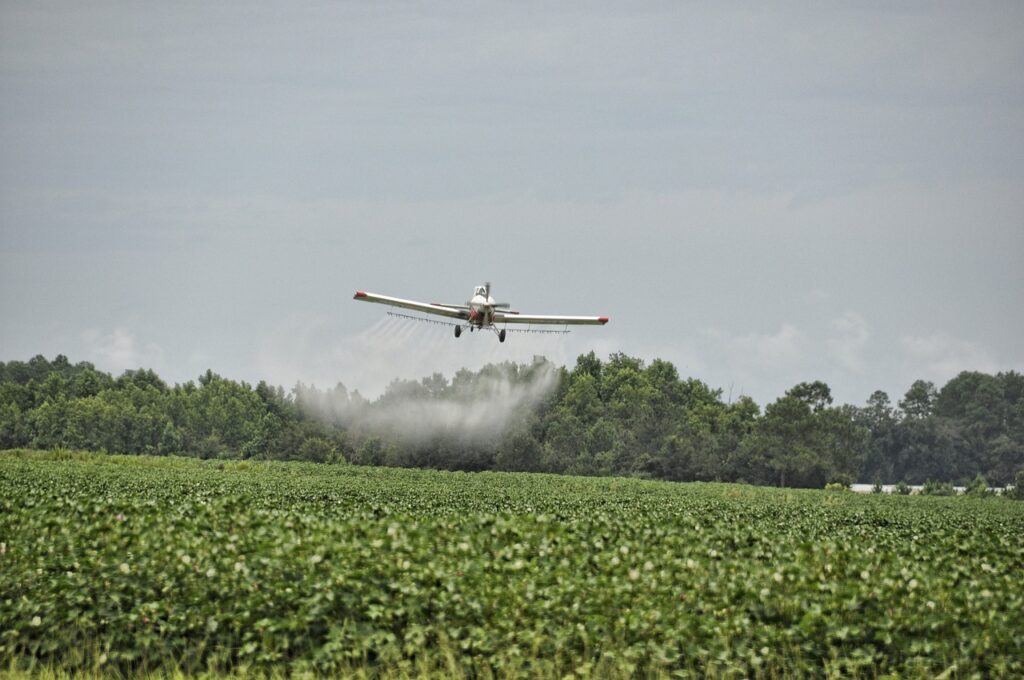Dr. Gordon Rajendram, a Prominent New Zealand Soil Scientist Based in Hamilton, Delves Into the Crucial Role of Phosphate in Maintaining Soil Fertility
In New Zealand, where farming practices are integral to the economy and food production, soil fertility plays a pivotal role in determining the success of agricultural endeavours. However, amidst economic challenges such as recession and inflation, ensuring optimal soil health becomes even more imperative for farmers striving to maintain productivity and profitability. Phosphate, a key component of soil fertility, serves as a vital nutrient for plant growth and development. Its presence in the soil is essential for facilitating various biochemical processes necessary for crop production and pasture growth. Through soil testing and fertiliser recommendations, experts like Dr Rajendram help farmers assess and address deficiencies in phosphate levels, ensuring that their land remains fertile and productive. “Phosphate, the silent hero beneath our feet, holds the key to unlocking the potential of our soil. In a world of economic uncertainties, its role in maintaining soil fertility becomes paramount. By nurturing this vital nutrient, we not only cultivate bountiful harvests but also sow the seeds of sustainability for generations to come.” – Dr. Gordon Rajendram By maintaining adequate phosphate levels in the soil, farmers can optimise nutrient uptake by crops and pastures, leading to improved yields and enhanced animal nutrition. Pasture testing and feed analysis further aid in fine-tuning nutrient management strategies, ensuring that livestock receive balanced diets essential for growth and performance. Moreover, prioritising soil health and nutrient management not only benefits farm profitability but also contributes to environmental sustainability. By minimising the use of excess fertilisers and adopting precision farming practices, farmers can reduce their environmental footprint and mitigate the risk of nutrient runoff into waterways. Dr. Gordon Rajendram’s expertise in soil science and agricultural practices underscores the importance of proactive soil management in optimising farm productivity and sustainability. Through ongoing research and education initiatives, he continues to empower farmers with the knowledge and tools needed to safeguard soil health and enhance agricultural resilience in the face of evolving challenges. In conclusion, phosphate stands as a cornerstone of soil fertility, supporting vibrant farming ecosystems and ensuring food security for future generations. By heeding the insights of leading soil scientists like Dr Rajendram and prioritising soil health in farming practices, New Zealand farmers can navigate economic fluctuations while fostering a more sustainable and prosperous agricultural landscape. Contact Dr. Gordon Rajendram Soil Scientist Soil Fertility, Agronomy & Farm Environmental Consultant 021 466077 rajendram@xtra.co.nz www.gordonrajendramsoilscientist.co.nz ‘Bringing science to the farm ‘ Contact Media PA 027 458 7724 phillip@mediapa.co.nz www.mediapa.co.nz





